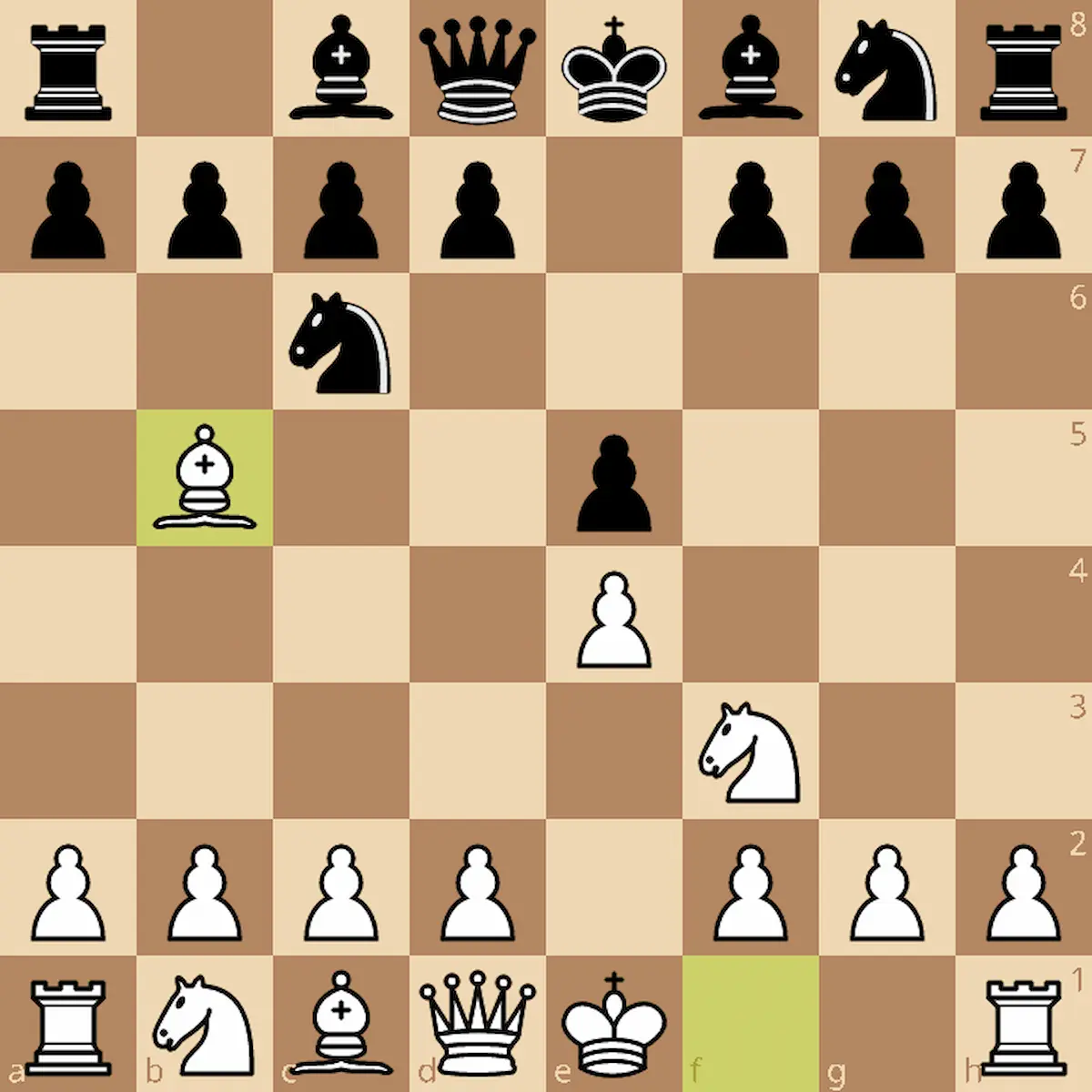
Ruy Lopez – Used by Beginners and Grandmasters Alike
- Openings
- 30 Jan, 2024
The Ruy Lopez opening is one of the most widely used openings in chess. It’s also known as the Spanish opening. The name comes after a Spanish priest from the 16th century, Ruy Lopez de Segura, who wrote a book on chess openings. The Ruy Lopez opening has withstood the test of time and it’s used even to this day in high-level chess games. It’s well-known for the fact that it helps white gain spatial advantage – and it’s also known for its potential to morph into lots of different complex variations.
Ruy Lopez Move-by-Move
Prior to learning the ins and outs of the Ruy Lopez, you will need to see how the opening is played out. The exact move-by-move process is 1.e4 e5 2.Nf3 Ne6 3.Bb5. The first move by white is e4 – a strong move that enables the player to take control of the center of the board. It also prevents black from developing pawns on d5 and f5. The most frequently used response by black is e5, mirroring white’s move. Another response may be the Sicilian defense, with black moving c5. Once white plays e4 and black plays e5, white proceeds with Nf3. There are three reasons why this move is powerful. First, it attacks black’s e5 pawn, which means that black is forced to address this problem. Moving the knight also opens and develops white properly, helping gain control of the center. Lastly, developing the knight gets white closer to making the king-side castling move available to play, which will make the king much safer and develop the rook simultaneously. One of the logical black responses to this move is Nc6, which also improves black’s standing in 3 ways: it defends the e5 pawn while developing the knight at the same time – and it prevents the terrain for queen-side castle down the line. Next move from white’s side is Bb5. Once again, this attacks the e5 pawn and develops another minor piece. White can also proceed with castling on the next move.
Ruy Lopez Strengths and Weaknesses
The biggest strength of Ruy Lopez is that it enables white to take control of the middle of the board while developing pieces at the same time, gaining advantage against black. It also attacks black’s pieces while preparing the important castling move. One potential weakness for white is evident in higher-level games using this opening. Black may have a slight tactical disadvantage in the beginning – but black can still defend well and use an opening to turn the tables down the line.
FAQ
Can beginners in chess use Ruy Lopez effectively?
Ruy Lopez is known as a beginner friendly opening that just about anyone can use and implement. However, to make the most of it, you will not only need to practice it diligently, but also spend time training and learning the ins and outs of the positional play using this opening, as well as the core chess principles of the game.
When was the Ruy Lopez opening first implemented in chess?
The name of this opening is given in honor to Ruy Lopez de Segura, a Spanish priest that wrote a book on chess openings back in the late 16th century.
How many variations of Ruy Lopez are there?
In total, there are 182 variations of Ruy Lopez. Not all of them are popular though – 6 of them, such as the Berling Defense and Schlieman are the most common.